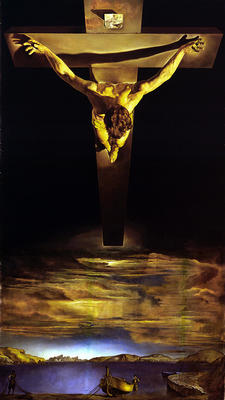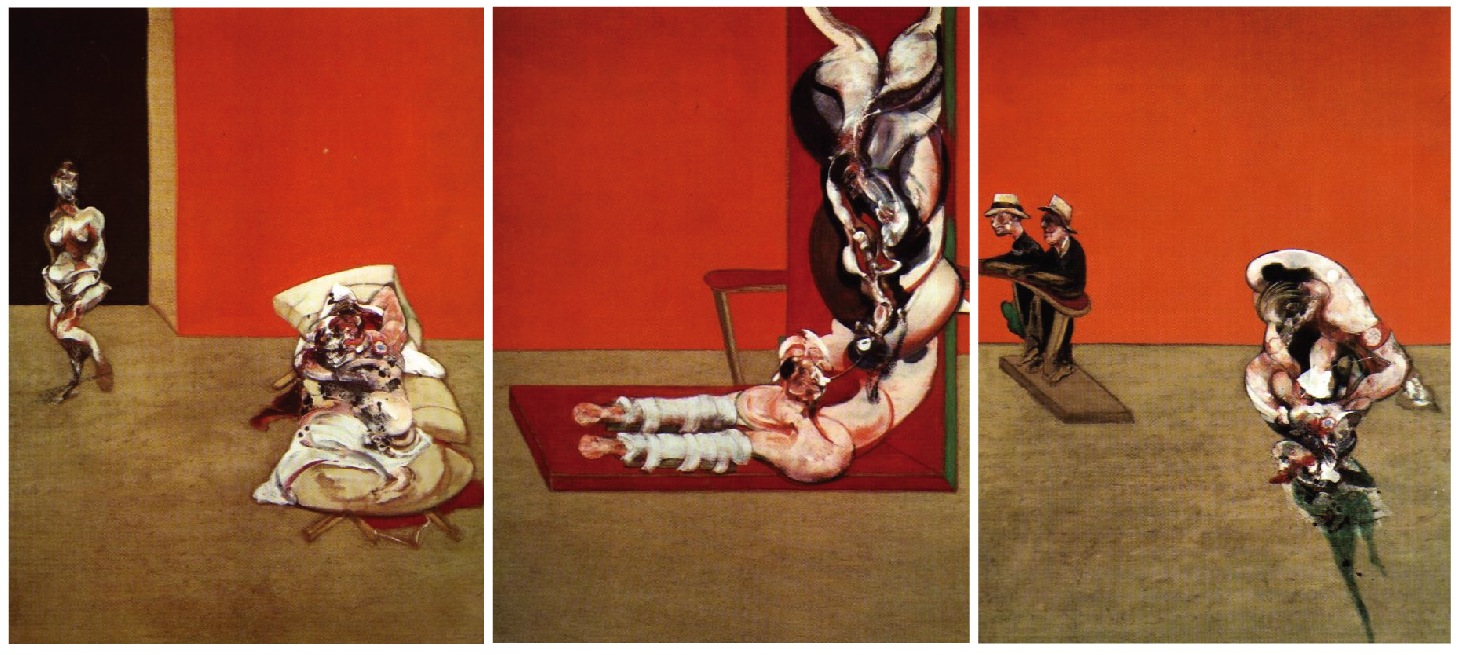I spent part of my Gap Year in Florence. It's up there as one of the more seminal of my life experiences, and it's where I met some of my best friends. Theoretically, we were learning Italian. Actually, we spent our time having tea in Cafe Gilli, drinking affogatos in Capocaccia, dancing at Yab, all the while agonising over unsuitable love affairs (and, occasionally, going to watch those objects of desire in action. My flatmate was in love with a hip hop dancer. We therefore spent every Sunday morning in the Piazza della Republica, watching him in motion. This turned out to have been a genuinely valuable life lesson to have had when I very briefly found myself working for Trash, the Ministry of Sound's magazine. Tragically, Trash folded after one issue, but not because of my lack of knowledge of East Coast v. West Coast rap.) And we travelled all around Tuscany - and further - eating gellato, shopping (it was the end of the 90s. All any of us wanted was a black nylon Prada handbag) and gazing reverentially at alterpieces, fresco cycles, and all and any churches or baptistries designed by either Brunelleschi or Alberti.
There were a lot of crucifixion scenes. And today is Good Friday:
Giotto, from the Arena Chapel in Padua
Duccio, from the Castello Orsini at Bracciano
Fra Angelico, for the Chapter House of the Friary of San Marco, Florence
Incidentally Fra Angelico must have one of the most beautiful epitaphs in the world. Written on his grave are these words:
"When you praise me, don't say that I am a famous painter.
Instead, say that for love of Jesus, I gave everything that I had to the poor.
The things that seem to be important on Earth are not the things that are important in Heaven.
I am brother John, from Florence, the flower of Tuscany."
Masaccio, from the Santa Maria del Carmine alterpiece in Pisa
And then, for something a bit more recent, here's something by Dali. Which is not in Italy - or France or Spain - but in Glasgow. The City Council bought it directly from the artist for just over £8,000, which at the time caused enormous controversy as popular opinion thought the price too high. It's a reworking of a drawing by a 16th Century Spanish Saint, St. John of the Cross, and is now regularly voted for by many Glaswegians as their favourite work of art.
Salvador Dali, Christ of St John of the Cross, 1951
And finally, this is by Bacon, who was not religious, and this tryptich is to do with slaughterhouses, the smell of death, and the possible premonition on the part of the animal being slaughtered. He told David Sylvester "I know for religious people, for Christians, the Crucifixion has a totally different significance. But as a non-believer, it was just an act of man's behaviour to another."
Francis Bacon, Crucifixion, 1965
Happy Easter xx.






